You may have noticed that smartphone displays have different refresh rates, for example 90, 120 or 144 Hz. The refresh rate of the display affects every aspect of the device's user interface, from texting and general productivity to games and the camera interface. It's important to know what these numbers are and when they matter because many people may not even need a higher refresh rate display. The refresh rate is probably the most visible change a manufacturer can make to a device's display, but manufacturers like to play the numbers game to sell as many units of their phones as possible. So it's good to be aware of when and why it matters so you know why you might want to spend more of your money on a device with a high refresh rate display.
What is display refresh rate?
Displays in electronics do not work in the same way as the human eye - the image on the screen never moves. Instead, the displays show a sequence of images at different points in the motion. This simulates fluid motion by tricking our brains into filling microscopic gaps between static images. To illustrate - most film productions use 24 frames per second (FPS), while television productions use 30 FPS in the US (and other countries with 60Hz network or NTSC broadcast systems) and 25 FPS in the UK (and other countries with 50Hz network and PAL broadcast systems).
Although most movies are shot in 24p (or 24 frames per second), this standard was originally adopted due to cost constraints – 24p was considered the lowest frame rate that offered smooth motion. Many filmmakers continue to use the 24p standard for its cinematic look and feel. TV shows are often filmed in 30p and frames are dubbed for 60Hz TVs. The same goes for displaying content in 25p on a 50Hz display. For 25p content, the conversion is a bit more complicated - a technique called 3:2 pull-down is used, which interlaces frames to stretch them to match 25 or 30 FPS.
Filming in 50 or 60p has become more common on streaming platforms such as YouTube or Netflix. The "joke" is that unless you're watching or editing high refresh rate content, you won't need anything above 60 FPS. As mentioned before, as high refresh rate screens become mainstream, high refresh rate content will also become popular. A higher refresh rate could be useful for sports broadcasts, for example.
You could be interested in
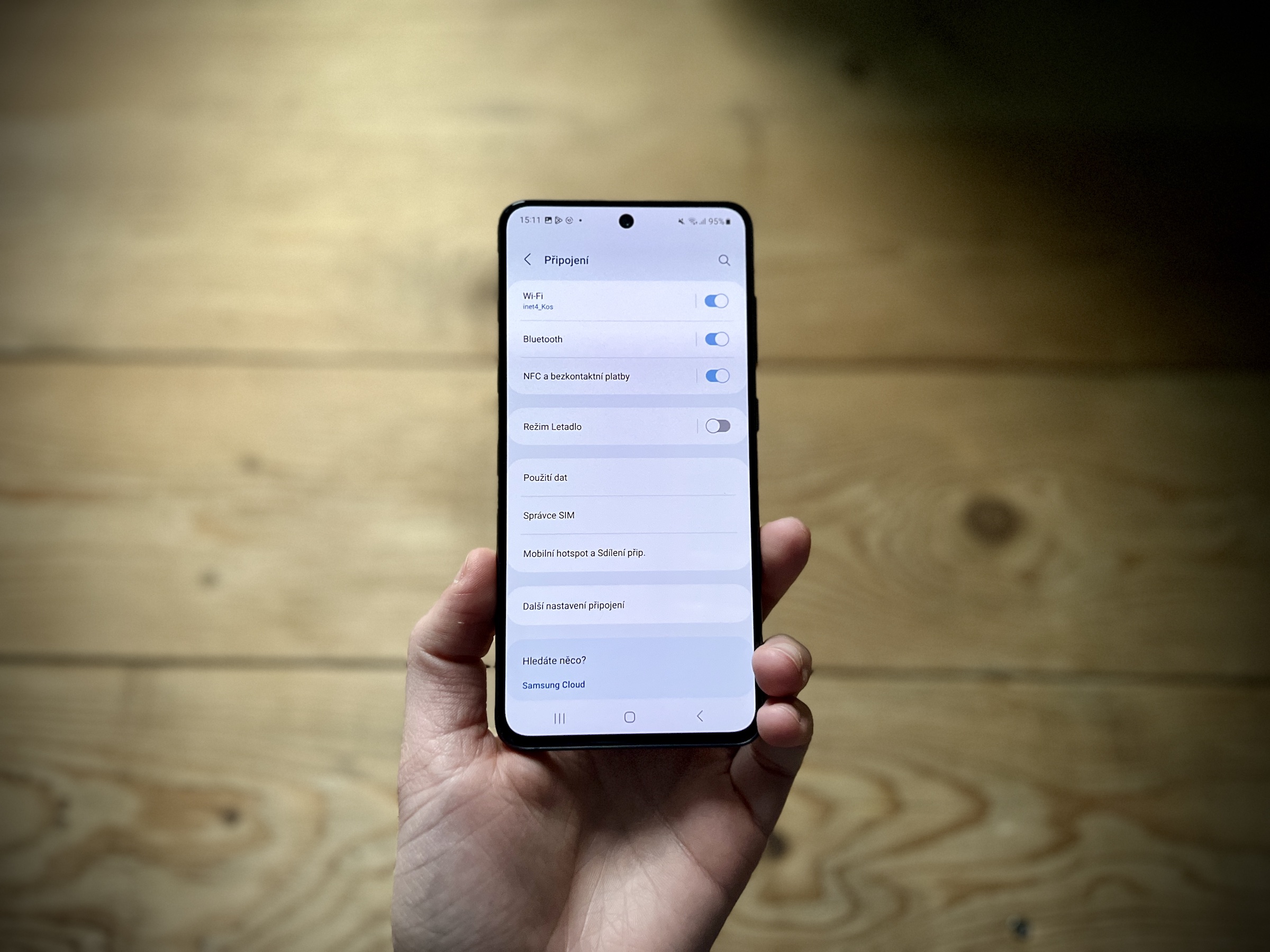
Refresh rate is measured in hertz (Hz), which tells us how many times per second a new image is displayed. As we said before, film usually uses 24 FPS because that is the minimum frame rate for smooth movement. The implication is that updating the image more frequently allows fast motion to appear smoother.
What about refresh rates on smartphones?
In the case of smartphones, the refresh rate is most often 60, 90, 120, 144 and 240 Hz, with the first three being the most common today. 60Hz is the standard for low-end phones, while 120Hz is common today in mid-range and top-end devices. 90Hz is then used by some smartphones of the lower middle class. If your phone has a high refresh rate, you can usually adjust it in Settings.
What is adaptive refresh rate?
A newer feature of flagship smartphones is adaptive or variable refresh rate technology. This feature allows you to switch between different refresh rates on the fly based on what is displayed on the screen. Its advantage is saving battery life, which is one of the biggest problems with high refresh rates on mobile phones. The previous year's "flag" was the first to have this function Galaxy Note 20 Ultra. However, Samsung's current top flagship also has it Galaxy S22Ultra, which can reduce the refresh rate of the display from 120 to 1 Hz. Other implementations have a smaller range, such as 10–120 Hz (iPhone 13 Pro) or 48-120 Hz (basic a "plush" Model Galaxy S22).
Adaptive refresh rate is very useful as we all use our devices differently. Some are avid gamers, others use their devices more for texting, browsing the web or watching videos. These different use cases have different requirements – in gaming, high refresh rates give gamers a competitive advantage by reducing system latency. In contrast, videos have a fixed frame rate and text can be static for long periods of time, so using a high frame rate for watching video and reading doesn't make much sense.
You could be interested in
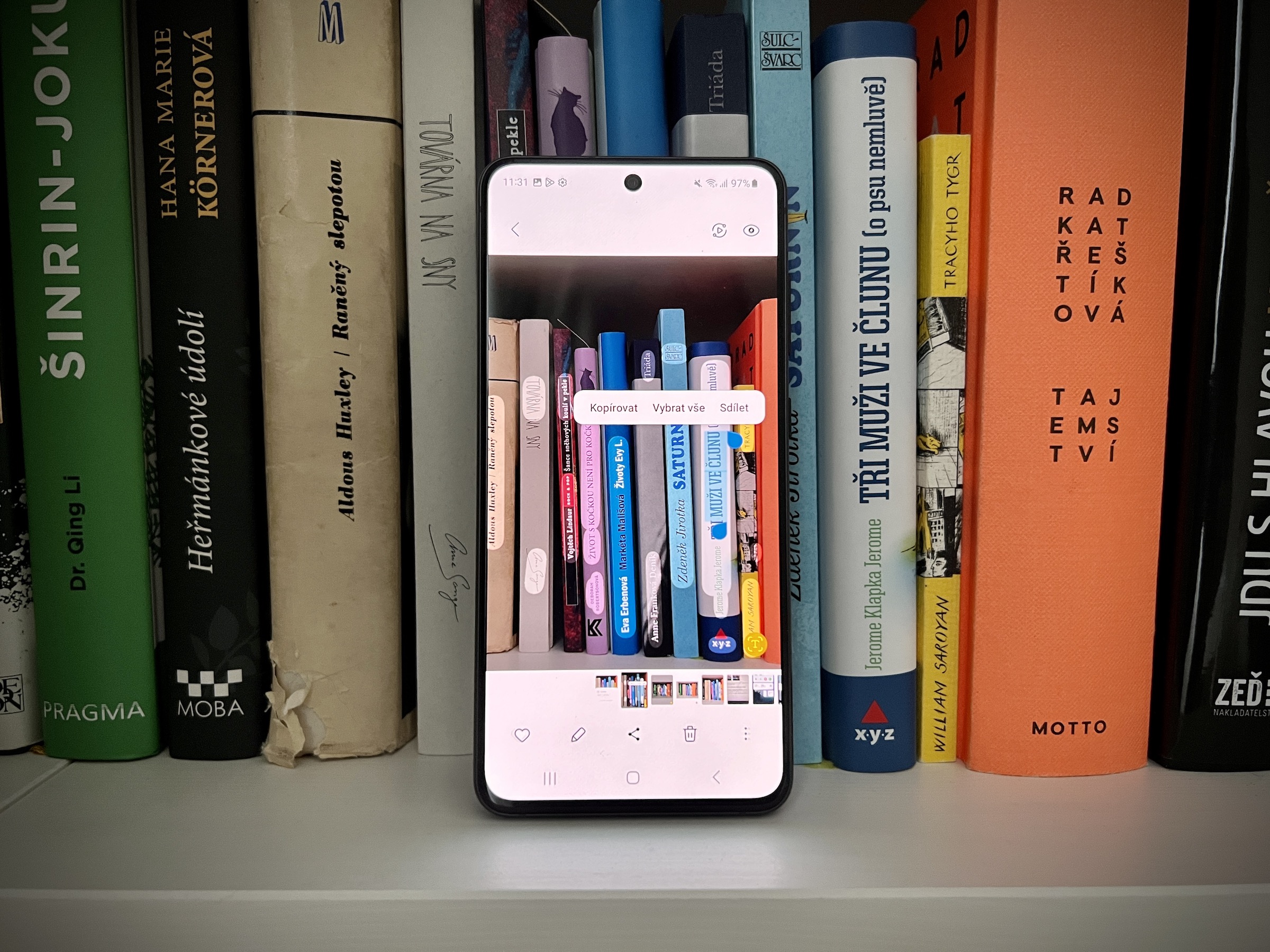
Advantages of high refresh rate displays
High refresh rate displays have a number of advantages, even in normal use. Animations such as scrolling screens or opening and closing windows and applications will be smoother, the user interface in the camera application will have less lag. Improved fluidity of animations and user interface elements makes interacting with the phone more natural. When it comes to gaming, the benefits are even more obvious, and can even give users a competitive edge - they'll receive updated informace about the game more often than those using phones with a 60Hz screen, by being able to react to events faster.
Disadvantages of high refresh rate displays
Among the biggest problems that come with high refresh rate displays are faster battery drain (if we're not talking about adaptive refresh), the so-called jelly effect, and higher CPU and GPU load (which can result in overheating). It is obvious that the display consumes energy when displaying an image. With a higher frequency, it also consumes more of it. This increase in power consumption means that displays with fixed high refresh rates can cause noticeably worse battery life.
You could be interested in

"Jelly scrolling" is a term that describes a problem caused by how screens refresh and their orientation. Because displays are refreshed line by line, edge to edge (usually top to bottom), some devices experience problems where one side of the screen appears to move in front of the other. This effect can also take the form of compressed text or user interface elements or their stretching as a result of displaying content in the upper part of the display a fraction of a second before the lower part displays it (or vice versa). This phenomenon occurred, for example, with the iPad Mini from last year.
All in all, the advantages of displays with a high refresh rate outweigh the disadvantages, and once you get used to them, you don't want to go back to the old "60s". Smoother text scrolling is particularly addictive. If you use a phone with such a display, you will surely agree with us.
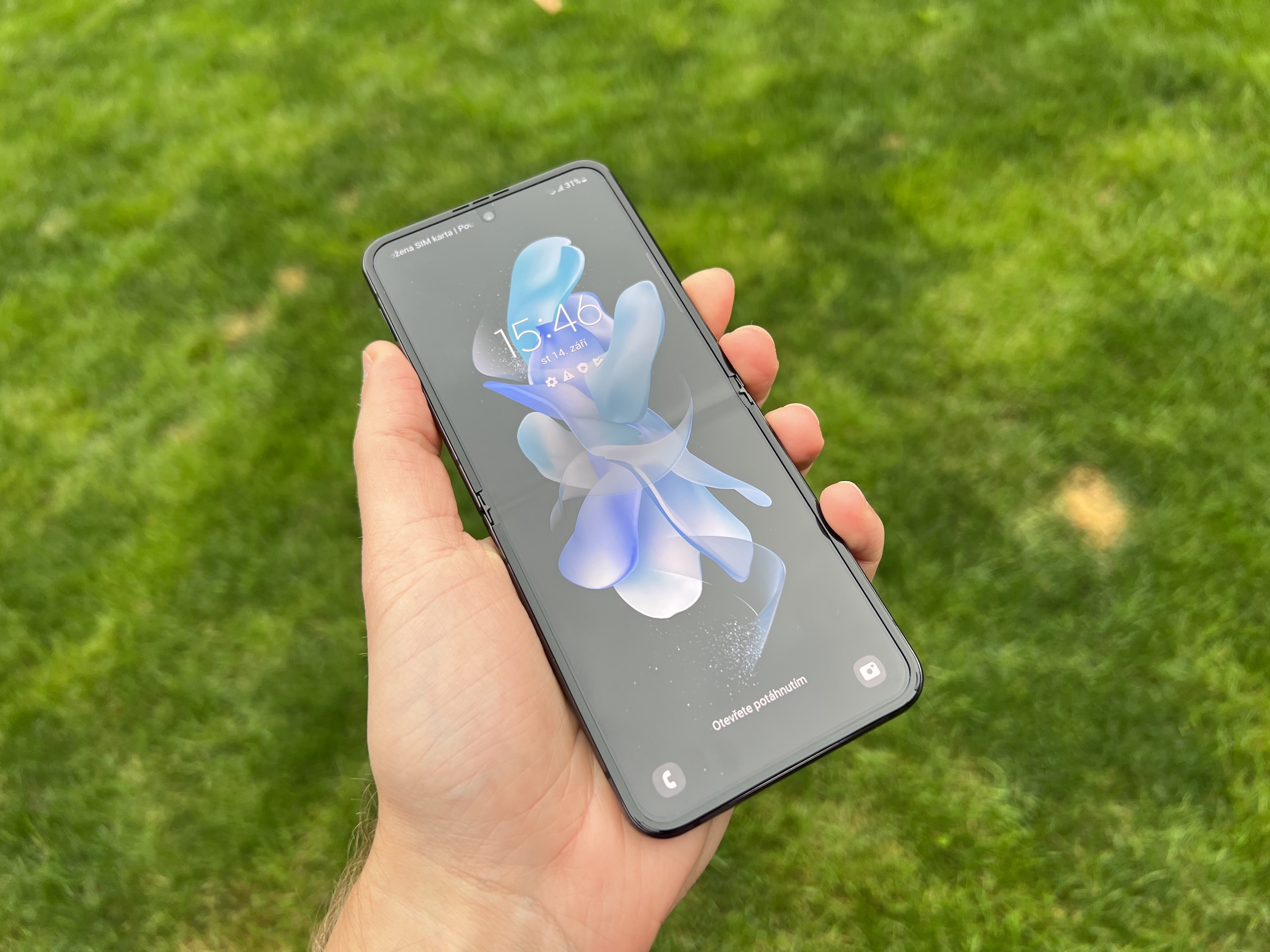

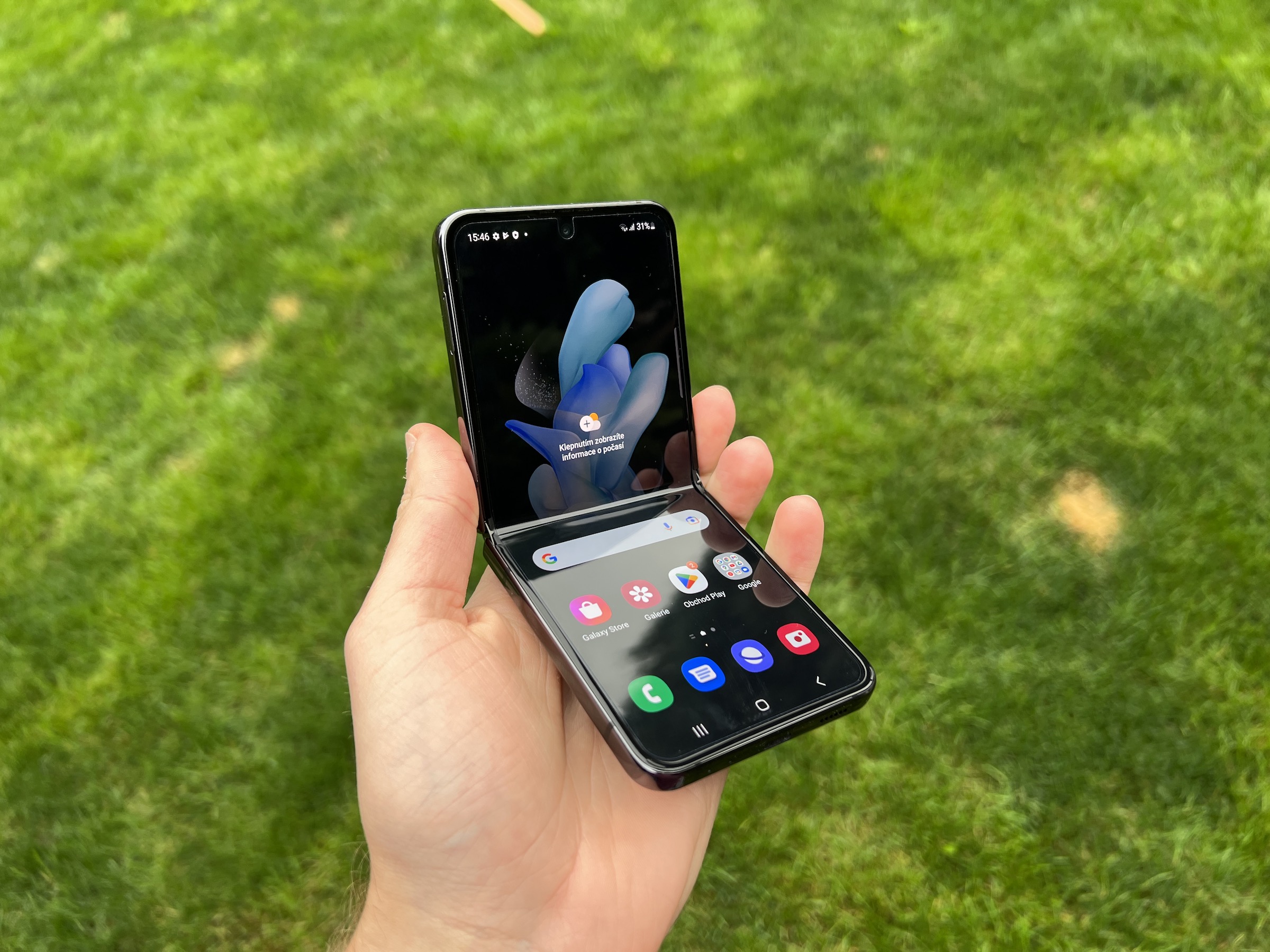
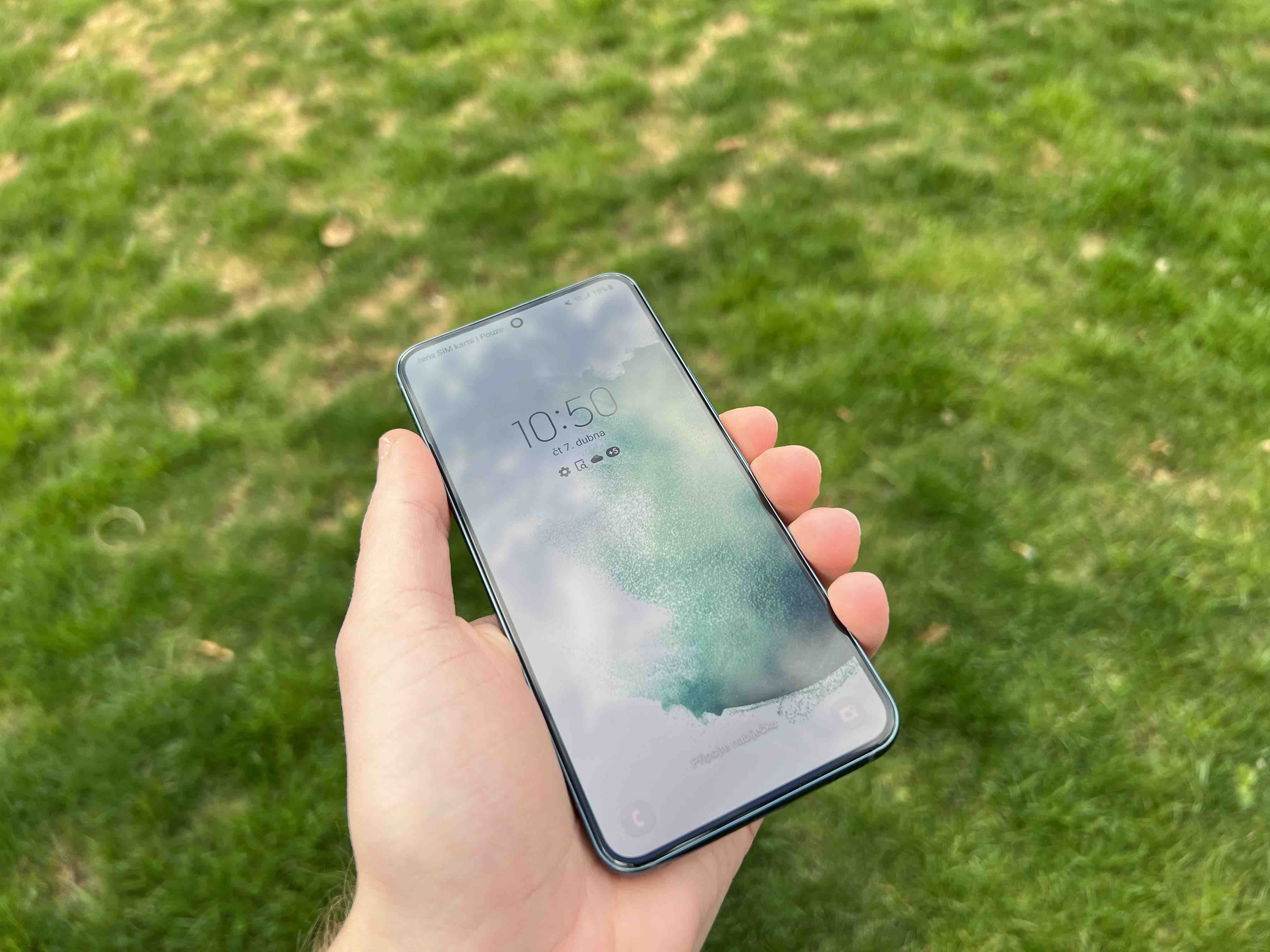
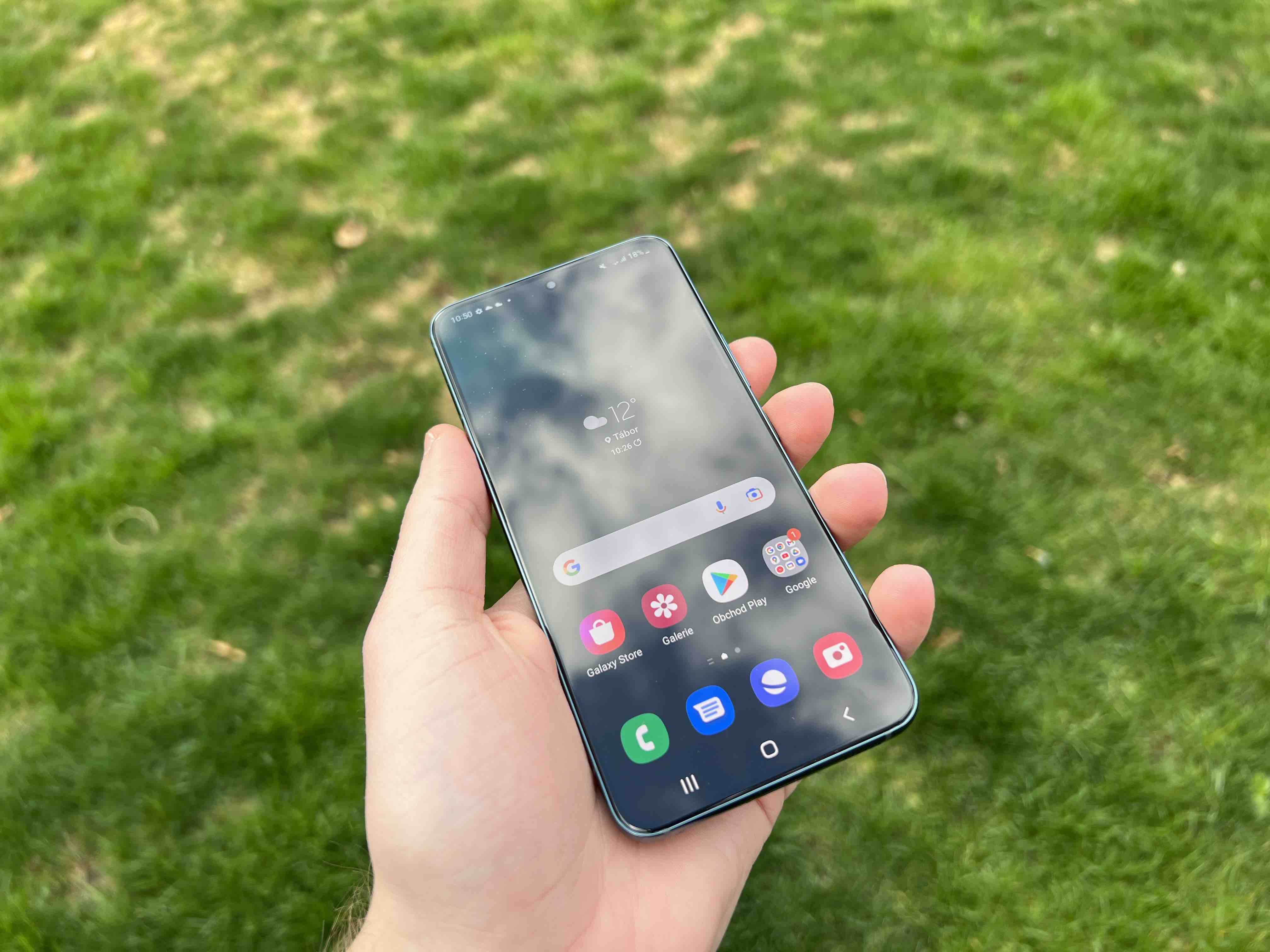

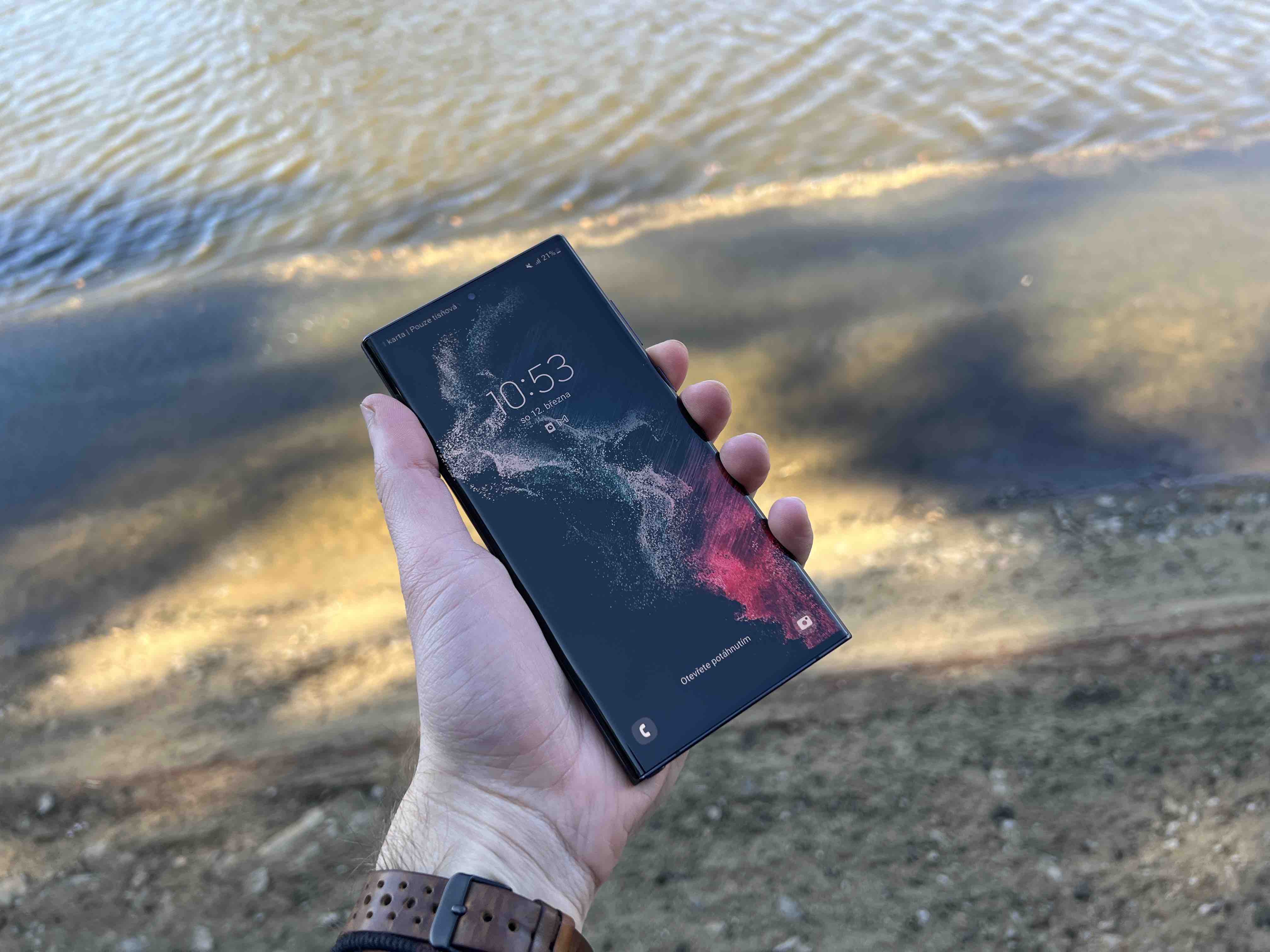
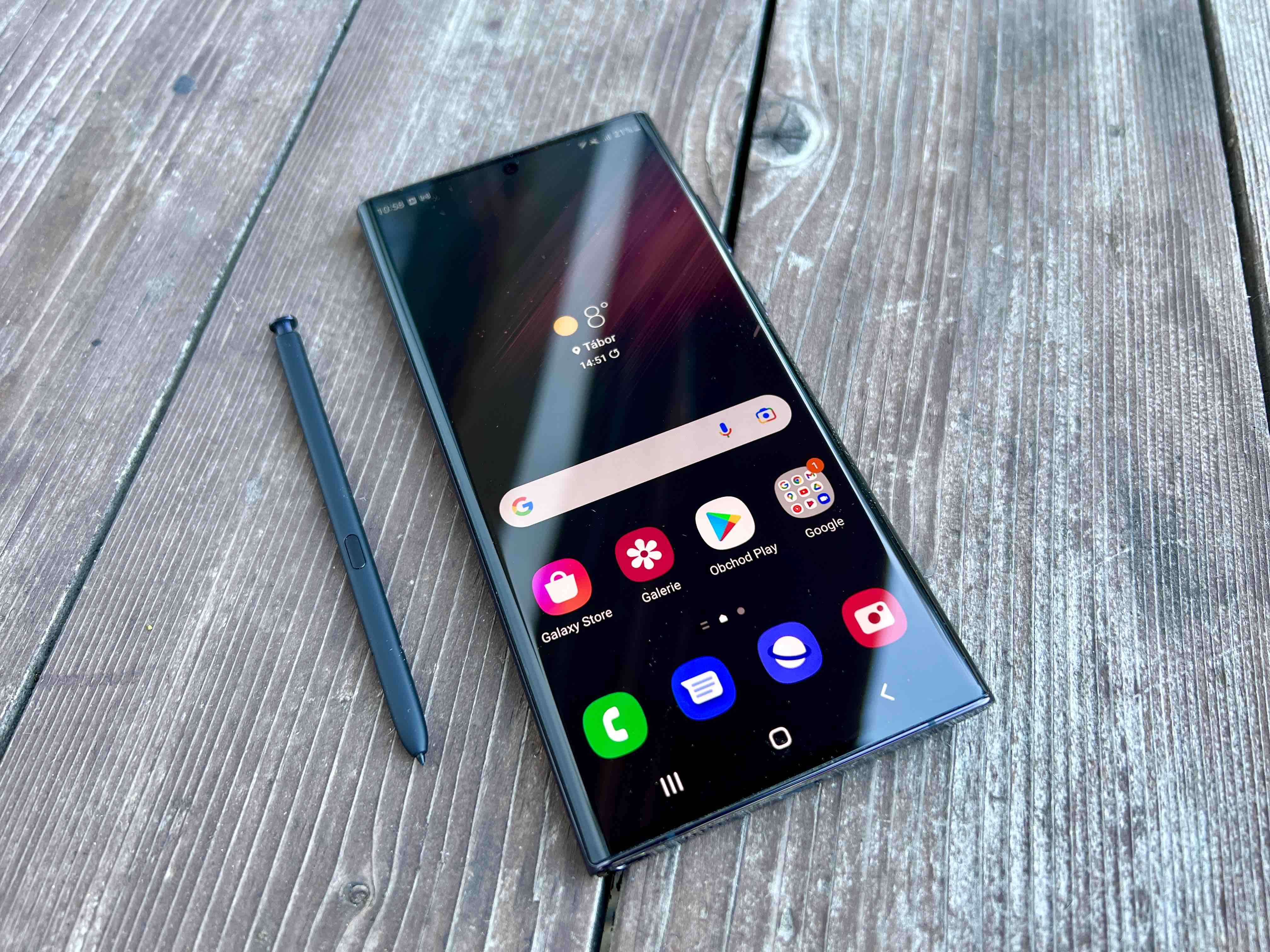
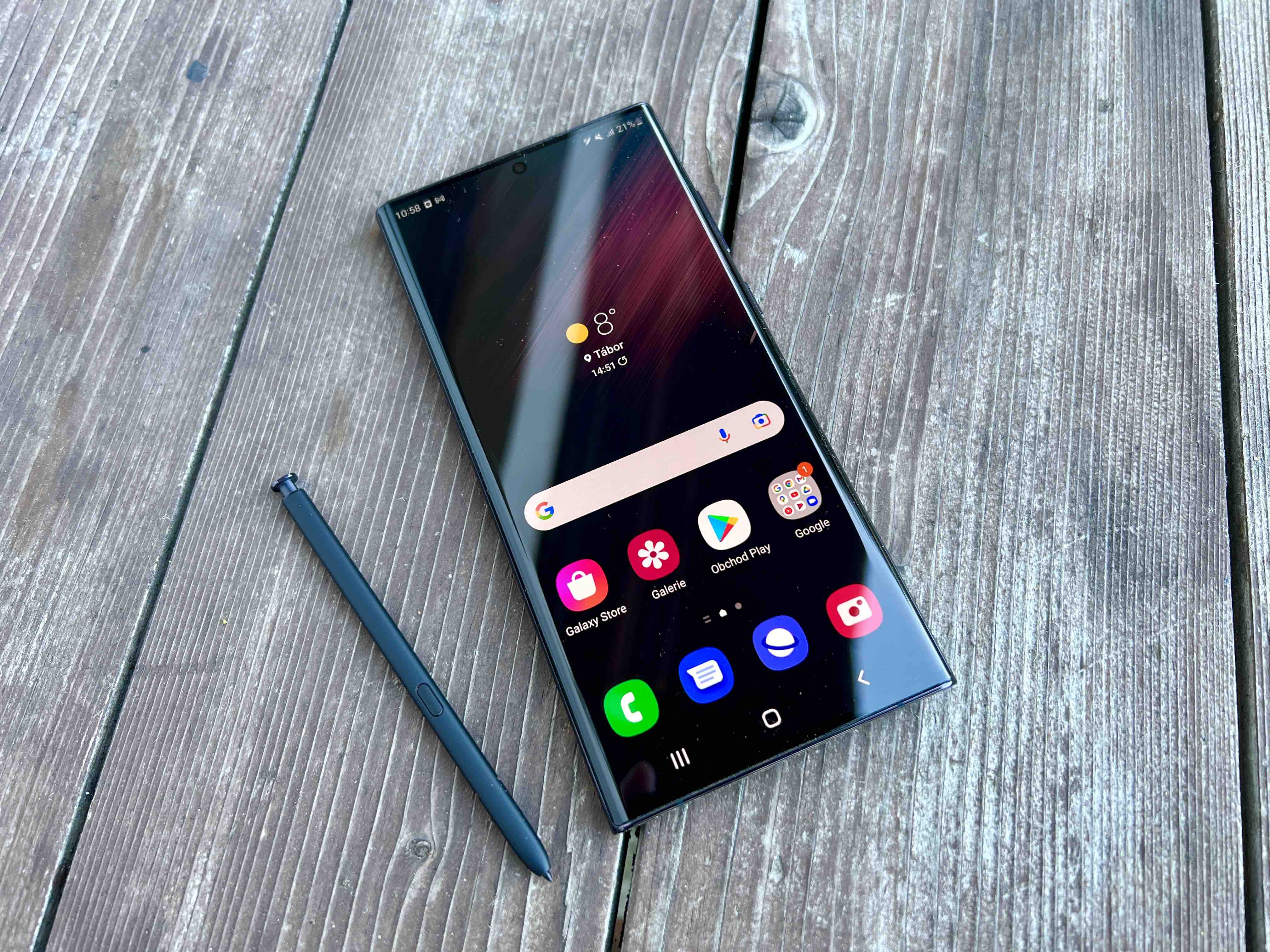


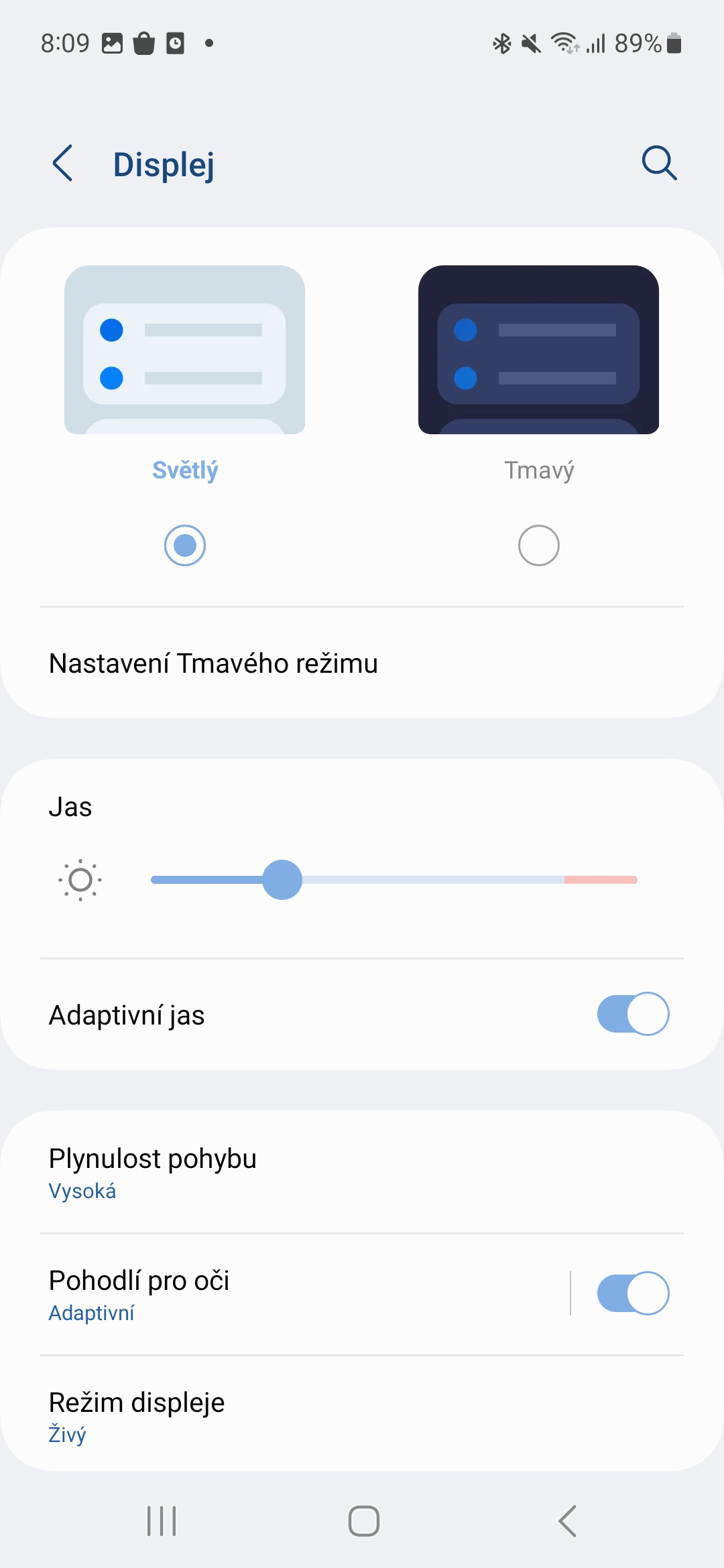

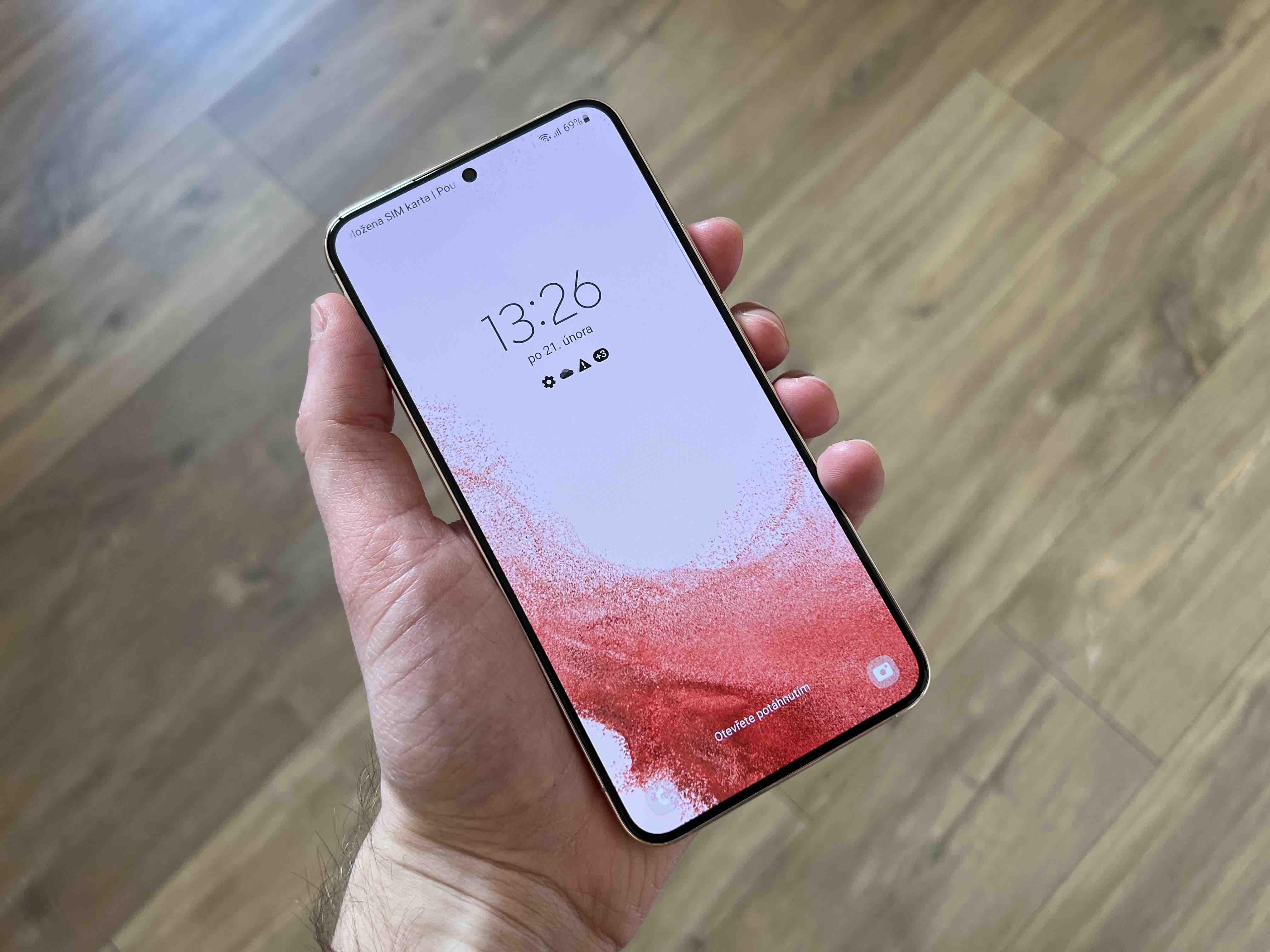
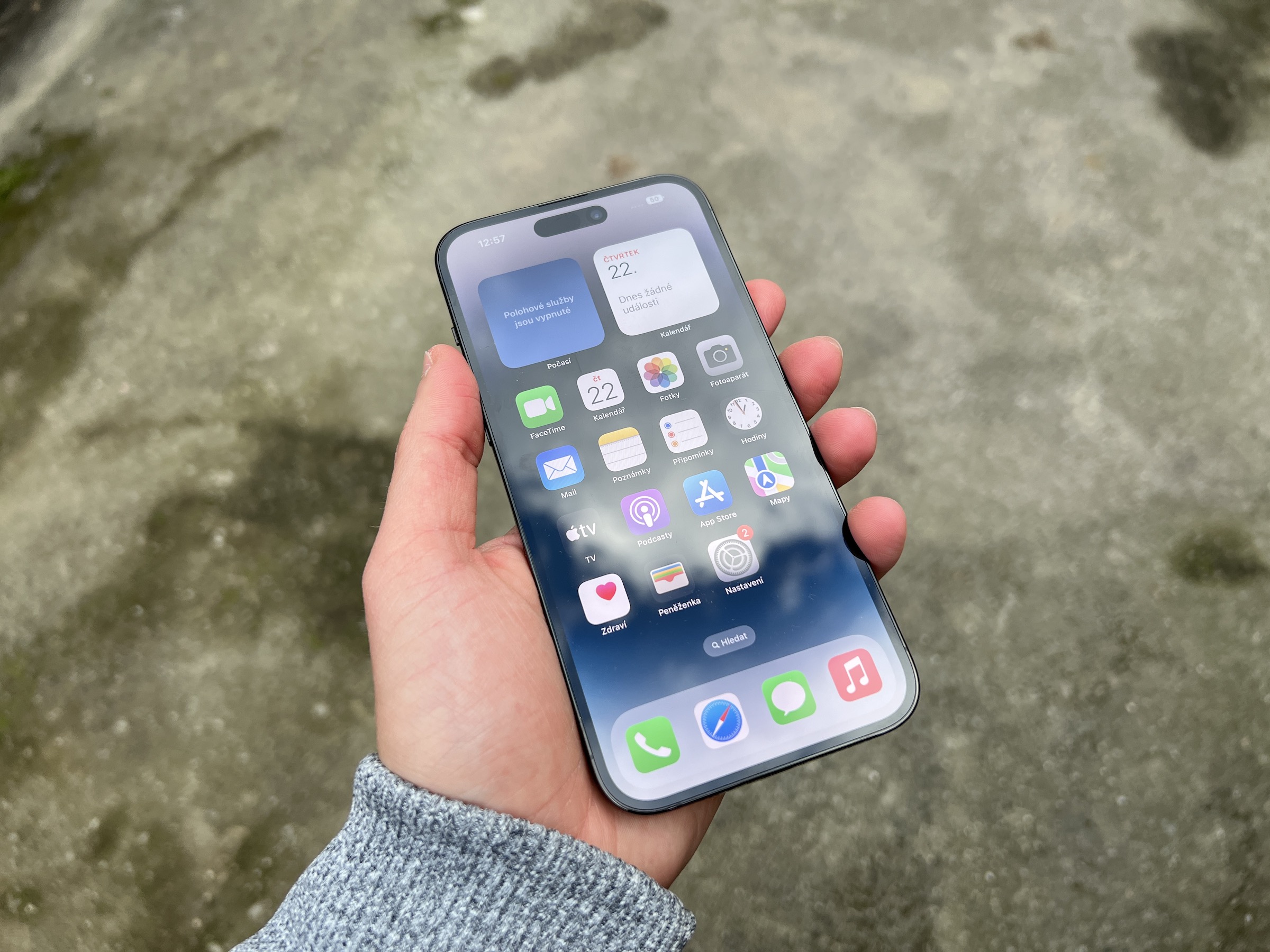
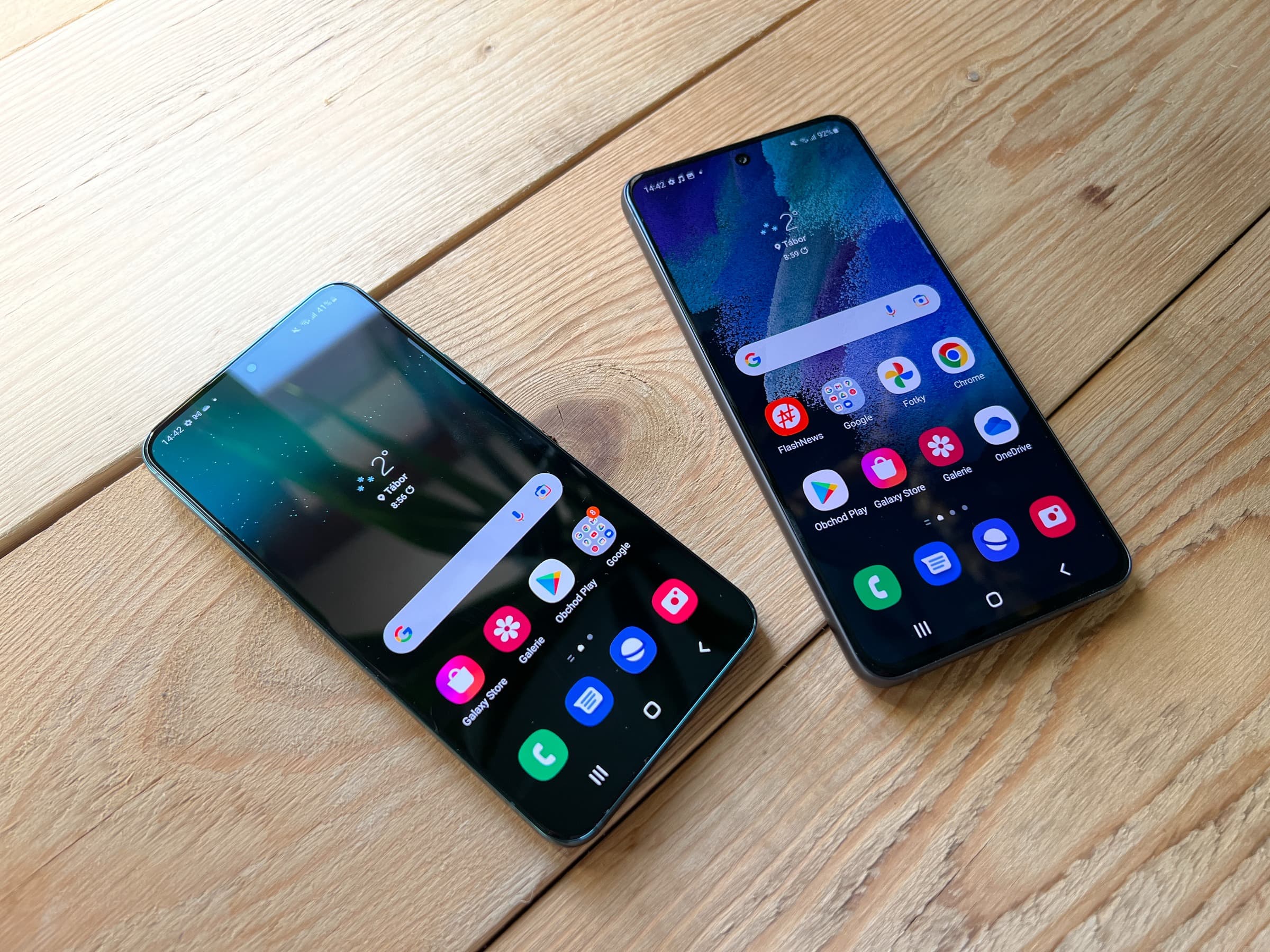
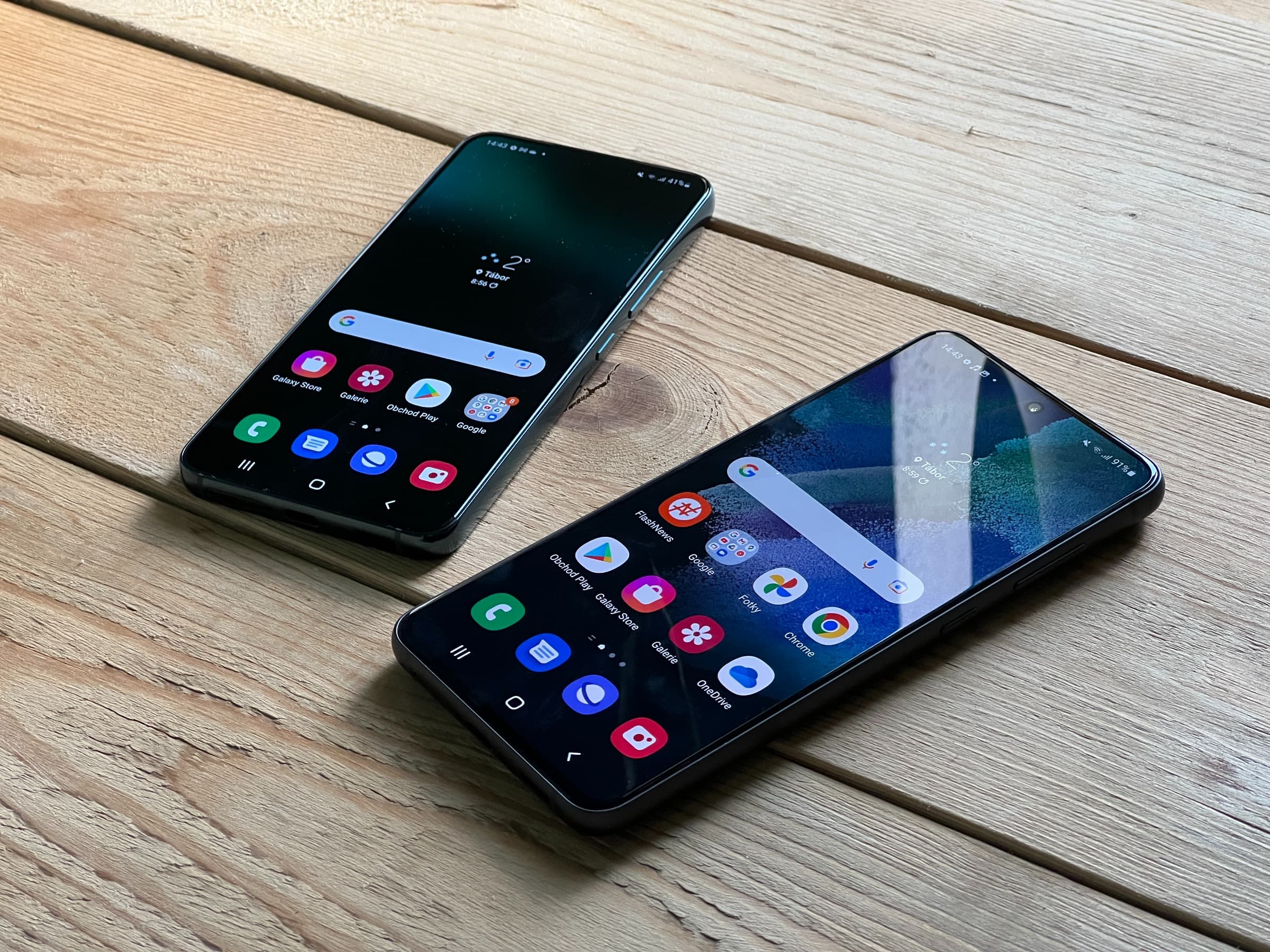
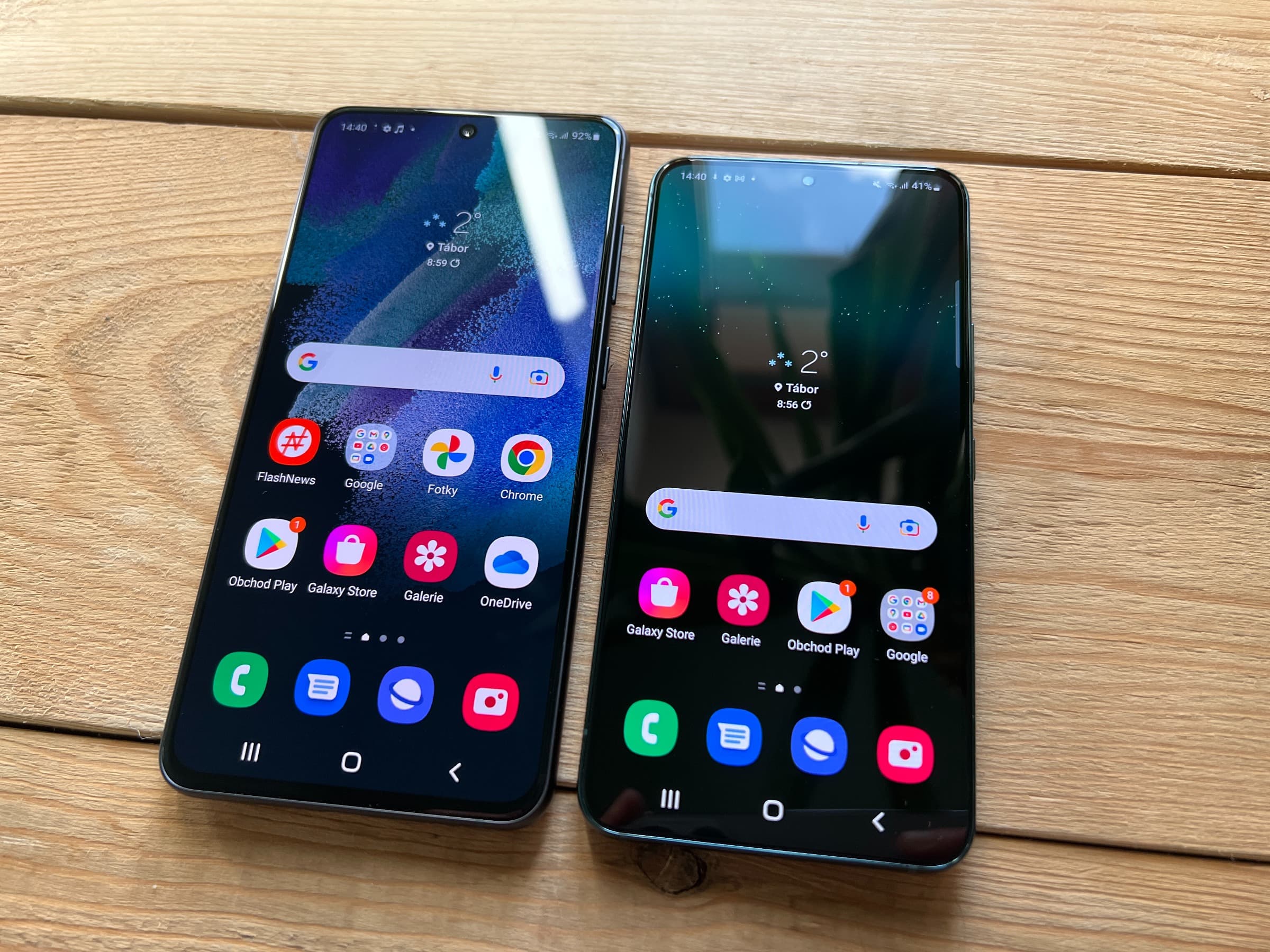
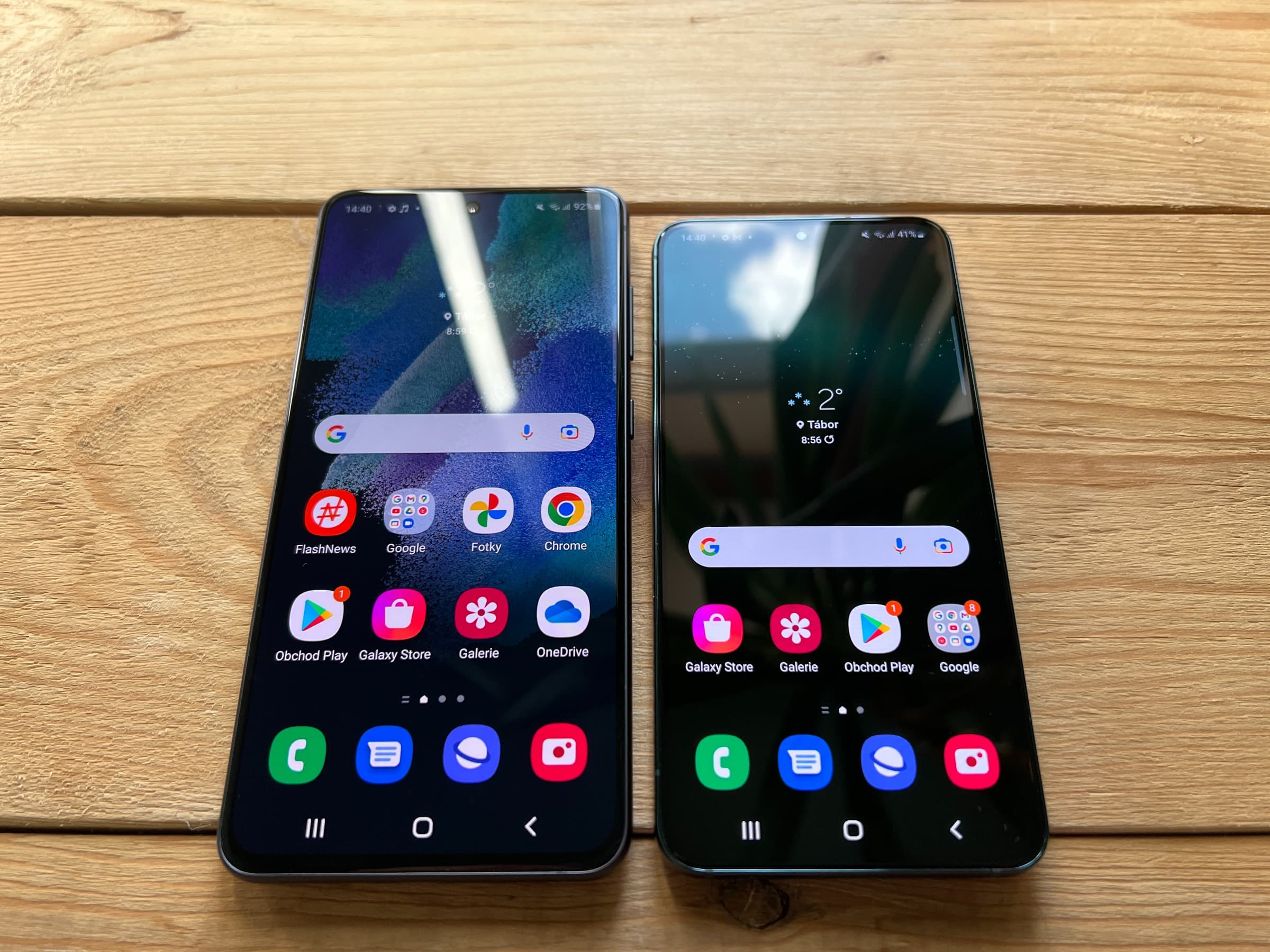

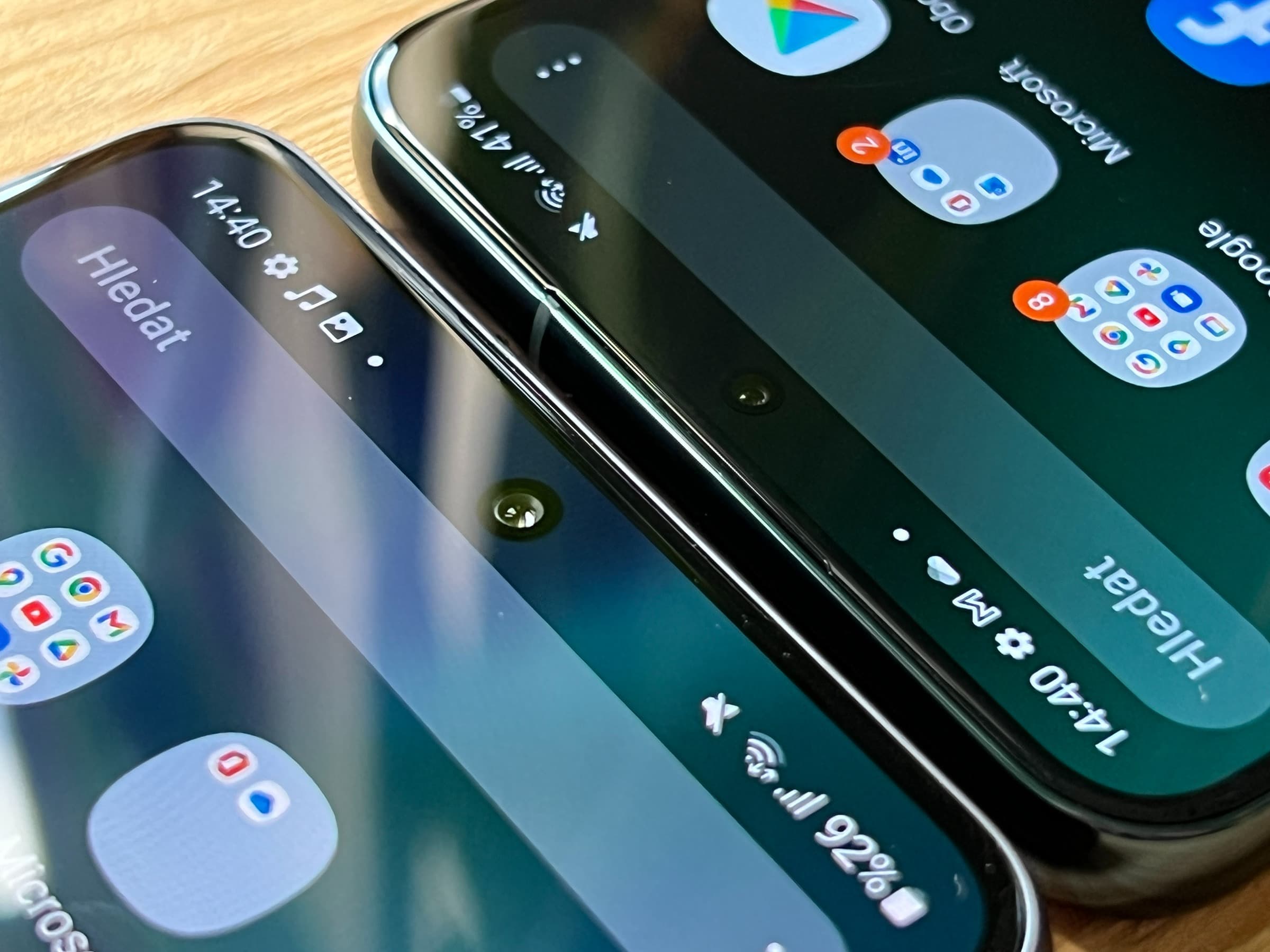
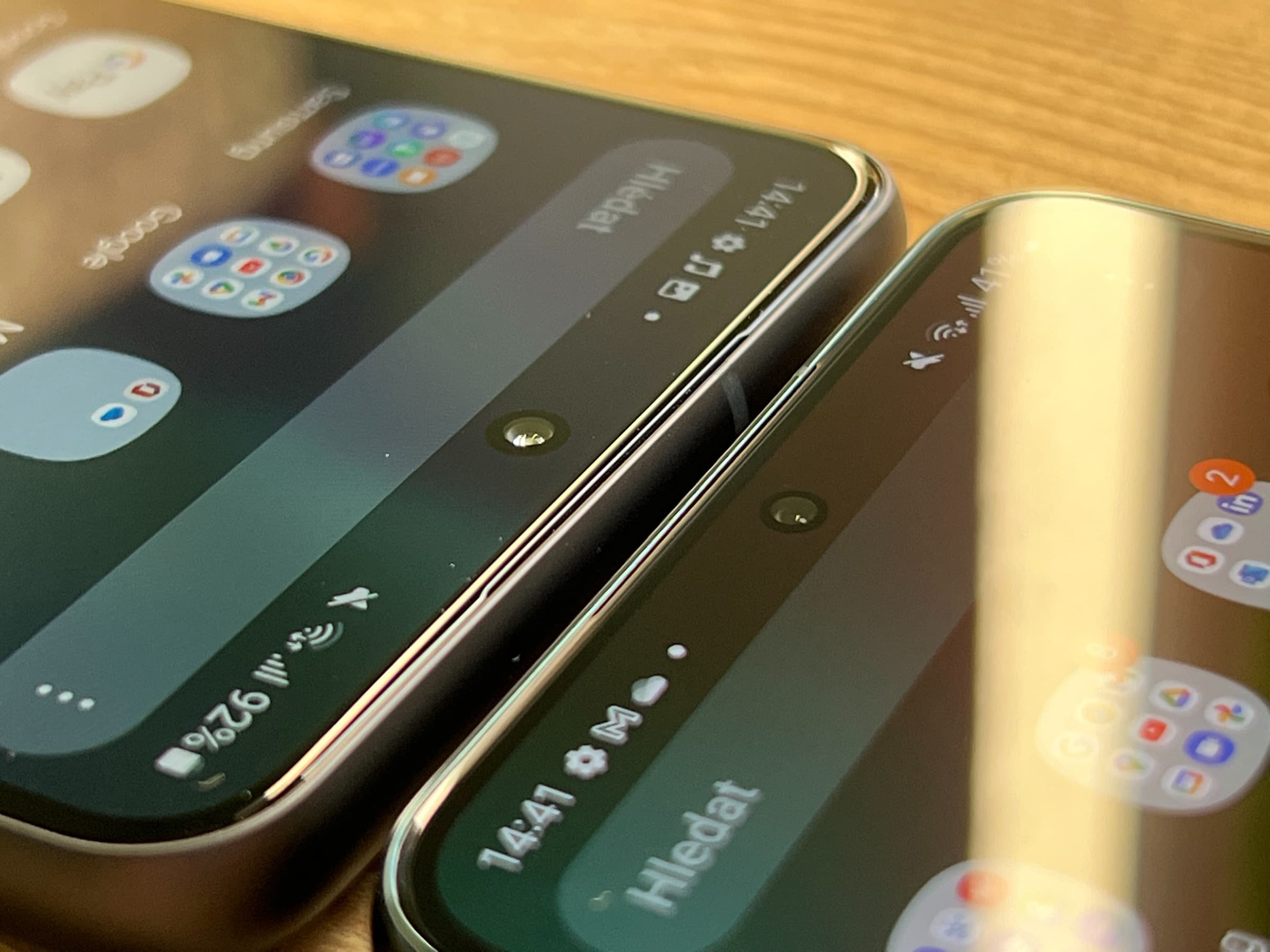
Comprehensible presentation, good work 👍.
The only complaint I have is the term "battery". Batteries were last used in mobile phones at the end of the last century.